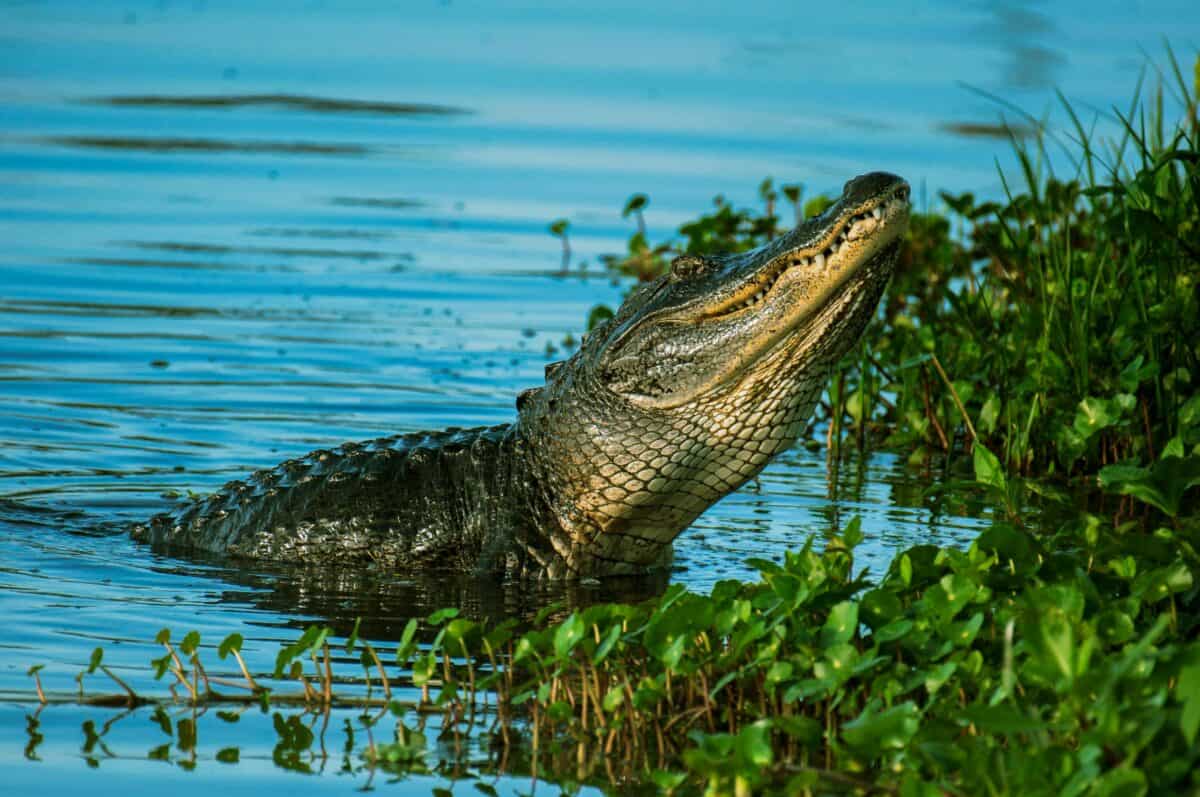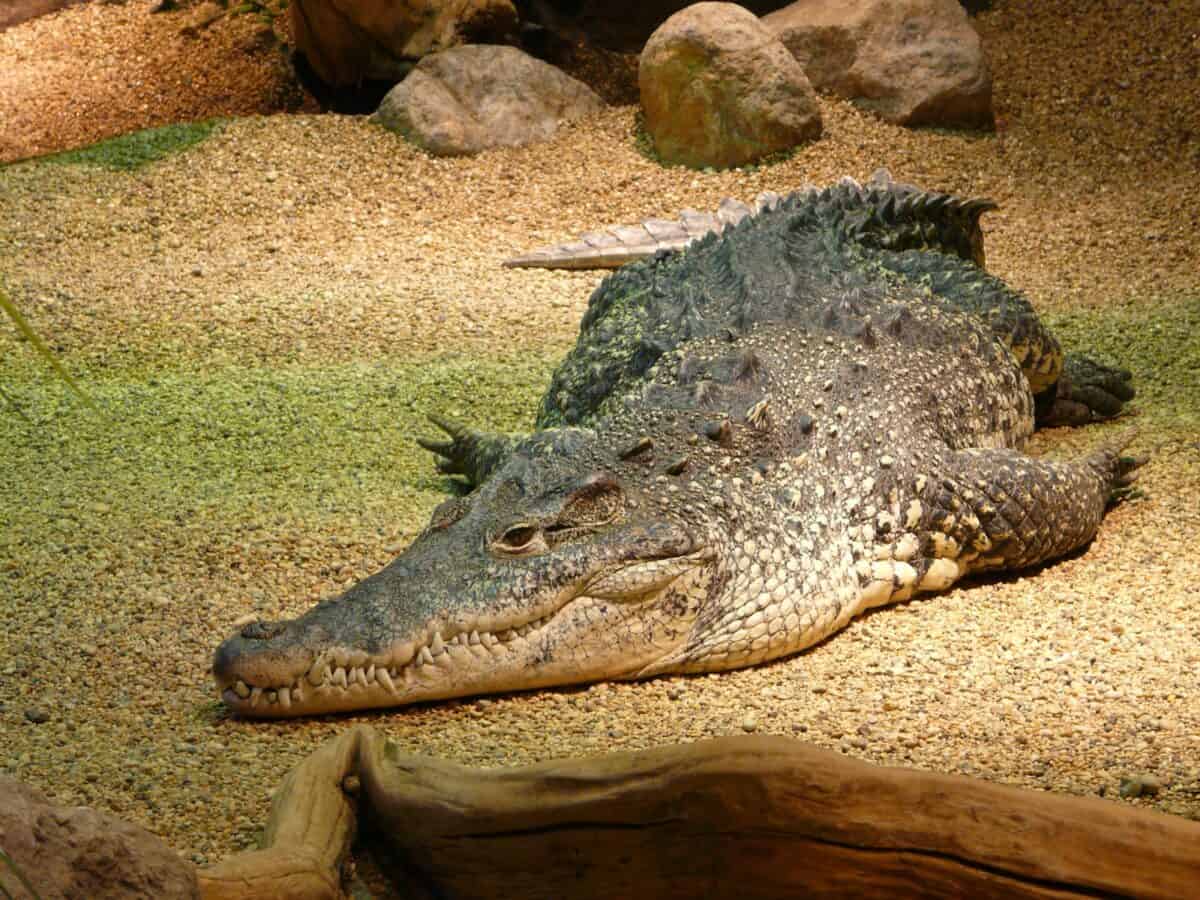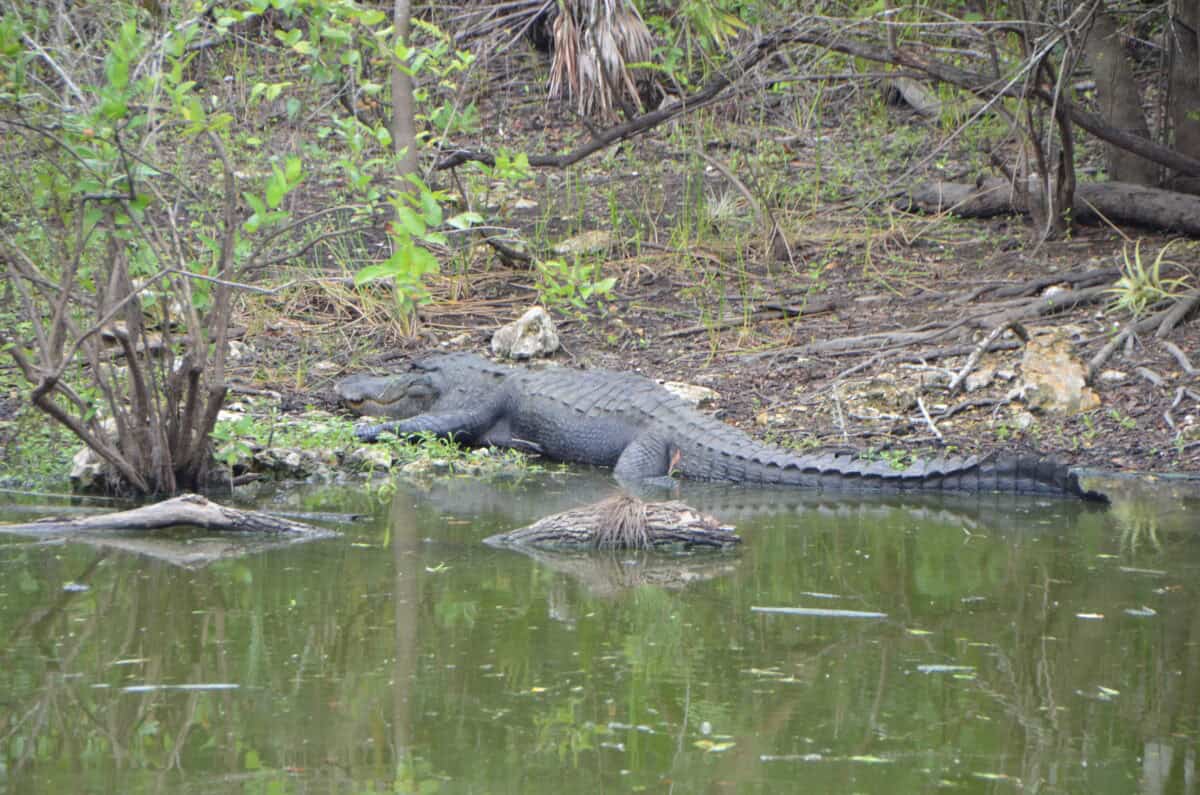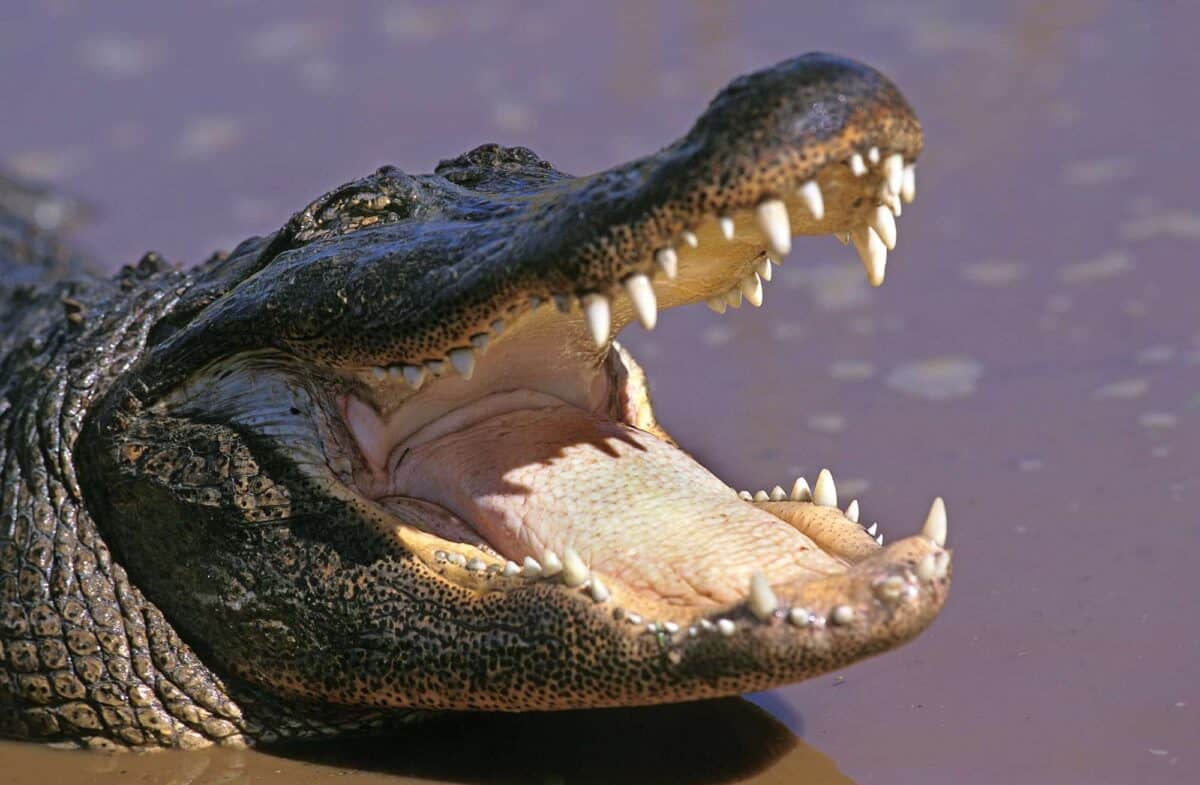The American alligator (Alligator mississippiensis) has historically inhabited the southeastern United States, with its range extending from the Carolinas to Texas and covering Florida and Louisiana. These formidable reptiles have traditionally preferred subtropical environments with warm temperatures, abundant water sources, and plentiful prey. For thousands of years, their distribution remained relatively stable, bounded by temperature limitations that prevented expansion into colder regions. As ectothermic creatures, alligators rely on external heat sources to regulate their body temperature, making them particularly sensitive to climate conditions and thus constraining their geographic range to warmer southern latitudes.
Climate Change as the Primary Driver of Range Expansion

Climate change has emerged as the primary catalyst for alligator range expansion. As average temperatures increase across North America, previously inhospitable northern territories are becoming increasingly suitable for alligator habitation. Research published in the journal Scientific Reports indicates that average winter temperatures in parts of Virginia, North Carolina, and Tennessee have risen by approximately 1.5°C over the past 50 years, creating conditions that can now support alligator populations. This warming trend effectively pushes the thermal boundary that once limited alligator territories progressively northward, allowing these reptiles to establish populations in regions where survival would have been impossible just decades ago.
Recent Documented Alligator Sightings in Unexpected Territories

In recent years, alligator sightings have been documented in surprising locations, indicating their expanding range. In 2019, an alligator was spotted in the Neuse River near Raleigh, North Carolina, nearly 100 miles north of their traditional range. Even more surprisingly, in 2020, wildlife officials confirmed multiple alligator sightings in Tennessee’s Wolf River, representing one of the northernmost authenticated reports. Perhaps most remarkable was a 2018 case where an alligator survived multiple winters in Virginia’s Chesapeake Bay area, demonstrating that these reptiles can adapt to seasonal temperature fluctuations in more northerly regions. While some isolated sightings may be attributed to released pets, wildlife biologists have confirmed that breeding populations are now establishing themselves in these new territories.
Biological Adaptations Enabling Northern Expansion

Alligators possess remarkable biological adaptations that facilitate their northward expansion. One key survival mechanism is “brumation,” a hibernation-like state that allows them to survive colder winter periods. During brumation, alligators reduce their metabolic rate dramatically, sometimes remaining submerged with only their nostrils above water for extended periods. Research from the University of Florida has documented alligators surviving water temperatures as low as 8°C (46°F) through this process. Additionally, alligators demonstrate behavioral thermoregulation by basking in the sun during daylight hours to raise their body temperature and retreating to deeper, warmer waters at night. This combination of physiological and behavioral adaptations provides the flexibility needed to survive in regions with more pronounced seasonal temperature variations.
The Role of Habitat Modification and Human Development

Human-driven habitat modification has inadvertently created favorable conditions for alligator range expansion. The construction of reservoirs, artificial lakes, and stormwater retention ponds provides suitable habitat in regions previously lacking appropriate wetland environments. These artificial water bodies often maintain slightly warmer temperatures than natural systems due to urban heat island effects and reduced shading. Additionally, wastewater discharge and agricultural runoff can create nutrient-rich environments that support abundant prey populations. A 2021 study in the Journal of Wildlife Management found that 73% of new alligator territories in North Carolina were associated with human-modified water bodies, suggesting that our reshaping of the landscape plays a significant role in facilitating alligator movement into new regions.
Reproductive Success in New Territories

The ultimate test of successful range expansion is reproductive viability, and evidence indicates alligators are indeed breeding in their new northern territories. Wildlife biologists have documented successful nesting sites as far north as Cape Fear, North Carolina, and southern Tennessee. Female alligators construct mound nests of vegetation near water bodies, where decomposition generates heat that helps incubate the eggs. Interestingly, climate warming provides a dual advantage for reproduction: not only does it extend the viable range for adults, but it also enhances incubation conditions and hatchling survival rates. A 2022 study published in Ecology and Evolution found that nesting success rates in the northern expansion zones reached 62%, compared to 78% in traditional territories—a difference, but one that still allows for population growth and establishment.
Competition with Native Species in New Territories

As alligators move into new ecosystems, they inevitably interact with native species, sometimes with significant ecological consequences. As apex predators, alligators can drastically alter local food webs and predator-prey dynamics. In Virginia and North Carolina waterways, alligators now compete with large predatory fish and snapping turtles for resources. Of particular concern is their impact on already vulnerable species like the Carolina madtom and certain freshwater mussel species. However, the relationship is complex—some research suggests alligators may also benefit certain native species by controlling invasive predators like largemouth bass and creating habitat diversity through their nest-building and movement patterns. The North Carolina Wildlife Resources Commission is currently monitoring these ecological interactions to better understand the cascading effects of alligator range expansion on native biodiversity.
Human-Alligator Conflict in New Expansion Areas

As alligators establish populations in new territories, human-wildlife conflicts inevitably increase, particularly when residents have limited experience with these large predators. Reports of alligator encounters in residential areas, golf courses, and recreational waters have risen substantially in northern North Carolina and southeastern Virginia over the past decade. These interactions raise significant public safety concerns, as many residents in these regions lack awareness of appropriate alligator safety protocols. Between 2018 and 2022, wildlife agencies in expansion territories reported a 215% increase in alligator removal requests. This surge has prompted states like Tennessee and Virginia to develop alligator management protocols, despite previously having no need for such policies. Public education campaigns about alligator behavior and appropriate human responses to sightings have become essential components of wildlife management in these newly colonized regions.
Predictive Modeling of Future Range Expansion

Scientists are employing sophisticated climate and ecological modeling techniques to predict future alligator range expansion. Using variables such as average winter temperatures, suitable habitat availability, and reproductive requirements, researchers from the University of Georgia’s Savannah River Ecology Laboratory have projected potential alligator distribution over the next 50 years. Their models suggest that by 2070, alligator populations could become established as far north as Delaware Bay on the Atlantic Coast and southern Illinois along the Mississippi River drainage. These projections assume continued warming trends consistent with moderate climate change scenarios. However, the models also highlight that natural geographic barriers and habitat fragmentation may create “islands” of suitable habitat rather than a continuous northward expansion, potentially resulting in genetically isolated populations with unique conservation challenges.
Conservation Status and Management Implications

The American alligator represents one of wildlife conservation’s greatest success stories, having recovered from near-extinction in the mid-20th century to a status of “Least Concern” on the IUCN Red List today. However, their range expansion creates new management challenges. States where alligators were historically absent now face decisions about legal protection status, hunting regulations, and habitat management. Virginia, for instance, recently classified alligators as a “Species of Special Concern,” affording them legal protection while acknowledging their non-native status. Wildlife managers must balance ecological benefits against potential human safety risks and impacts on native species. Increasingly, states are implementing adaptive management approaches that incorporate monitoring programs, public education, targeted removal in high-conflict areas, and habitat conservation to maintain ecological balance in these transitioning ecosystems.
Scientific Monitoring and Research Initiatives

A growing network of scientific monitoring programs has emerged to track alligator range expansion in real time. The North Carolina Alligator Task Force, established in 2017, coordinates systematic population surveys and maintains a public reporting system for sightings outside historical ranges. Similarly, Virginia’s Department of Wildlife Resources has initiated an environmental DNA (eDNA) sampling program that can detect alligator presence through water testing, even without visual confirmation. Research institutions like Clemson University and East Carolina University have implemented long-term mark-recapture studies to assess growth rates, survival, and reproductive success in expansion territories. These scientific efforts provide critical data for understanding adaptation mechanisms and informing management decisions. Additionally, citizen science platforms enable the public to report sightings, creating a more comprehensive picture of alligator movement patterns across the shifting northern boundary of their range.
Case Study: Lake Fairfield, Texas

Lake Fairfield in northeastern Texas provides a compelling case study of alligator range expansion facilitated by artificial habitat modification. This human-made reservoir, constructed in 1969, receives warm water discharge from a nearby power plant, maintaining year-round temperatures significantly above the surrounding natural water bodies. Though outside the traditional core alligator range, Lake Fairfield now supports one of the densest alligator populations in Texas, with an estimated 4.7 alligators per kilometer of shoreline. Research conducted by Texas Parks and Wildlife documented that alligators at Lake Fairfield remain active throughout winter months when alligators in nearby natural habitats enter brumation, demonstrating how human-induced thermal alterations can create “stepping stone” habitats that facilitate range expansion. The Lake Fairfield population has served as a source for colonization of surrounding watersheds, with tagged individuals documented traveling up to 80 kilometers to establish territories in previously unoccupied habitat.
Conclusions: The Future of Alligator Range Expansion

The northward expansion of American alligators represents a dramatic example of how climate change and human landscape modification are reshaping wildlife distributions in real time. As warming trends continue, the thermal barriers that historically constrained alligator populations are gradually dissolving, allowing these adaptable reptiles to reclaim and expand beyond their historical range. While this expansion creates new management challenges and potential human-wildlife conflicts, it also offers valuable insights into how species respond to changing environmental conditions. The alligator’s successful range expansion demonstrates remarkable adaptive capacity, suggesting these ancient reptiles may be more resilient to environmental change than previously thought. As we navigate an era of unprecedented ecological transformation, the alligator’s journey northward serves as both a warning about climate change impacts and a testament to the remarkable adaptability of nature when given appropriate conditions and protection.
- 9 Most Venomous Spiders Lurking in US Homes - August 9, 2025
- How Scientists Tag and Track Sharks Off Florida’s Coast - August 9, 2025
- Orangutan Moms Build a New Nest Every Night - August 9, 2025

